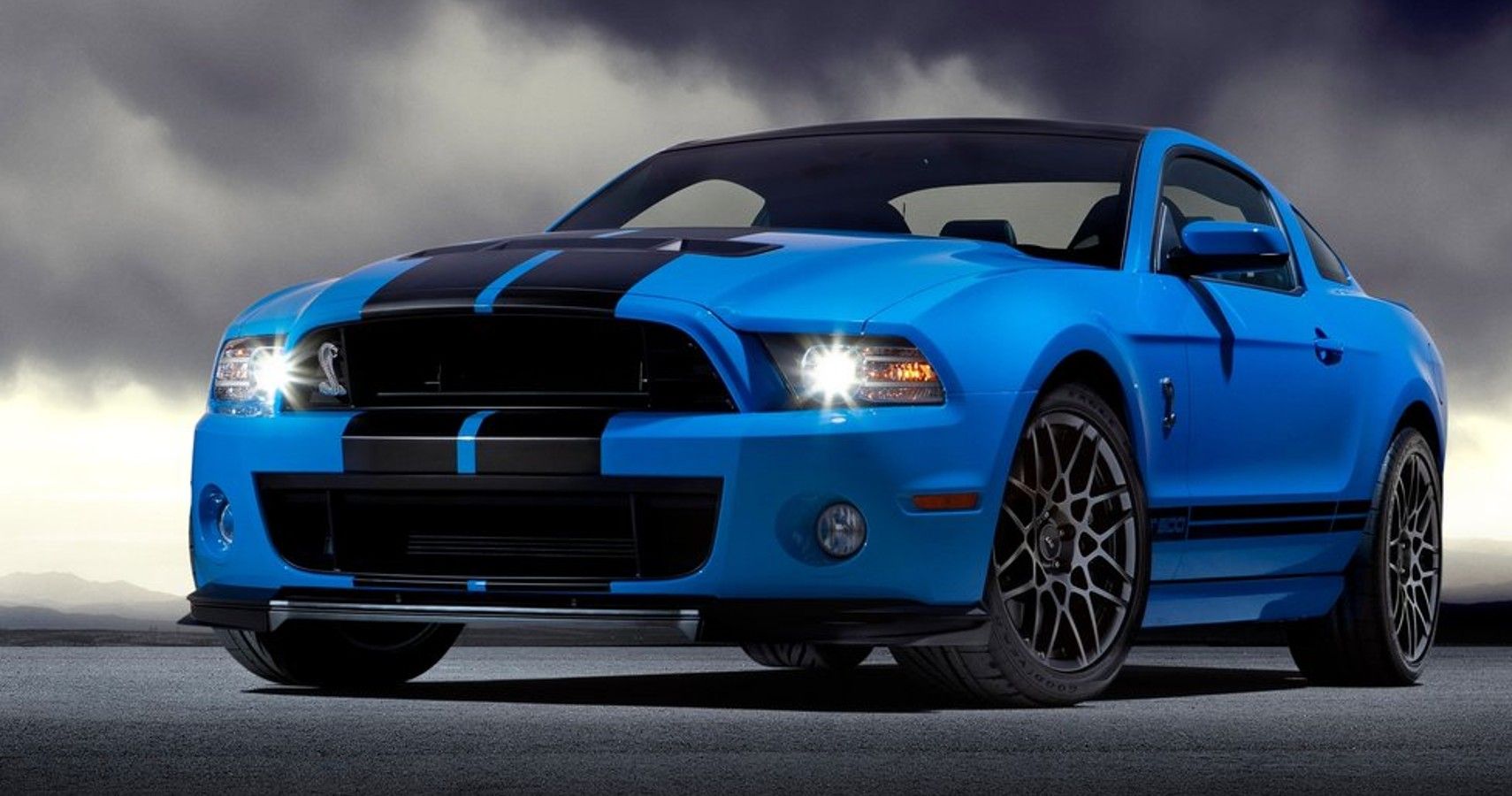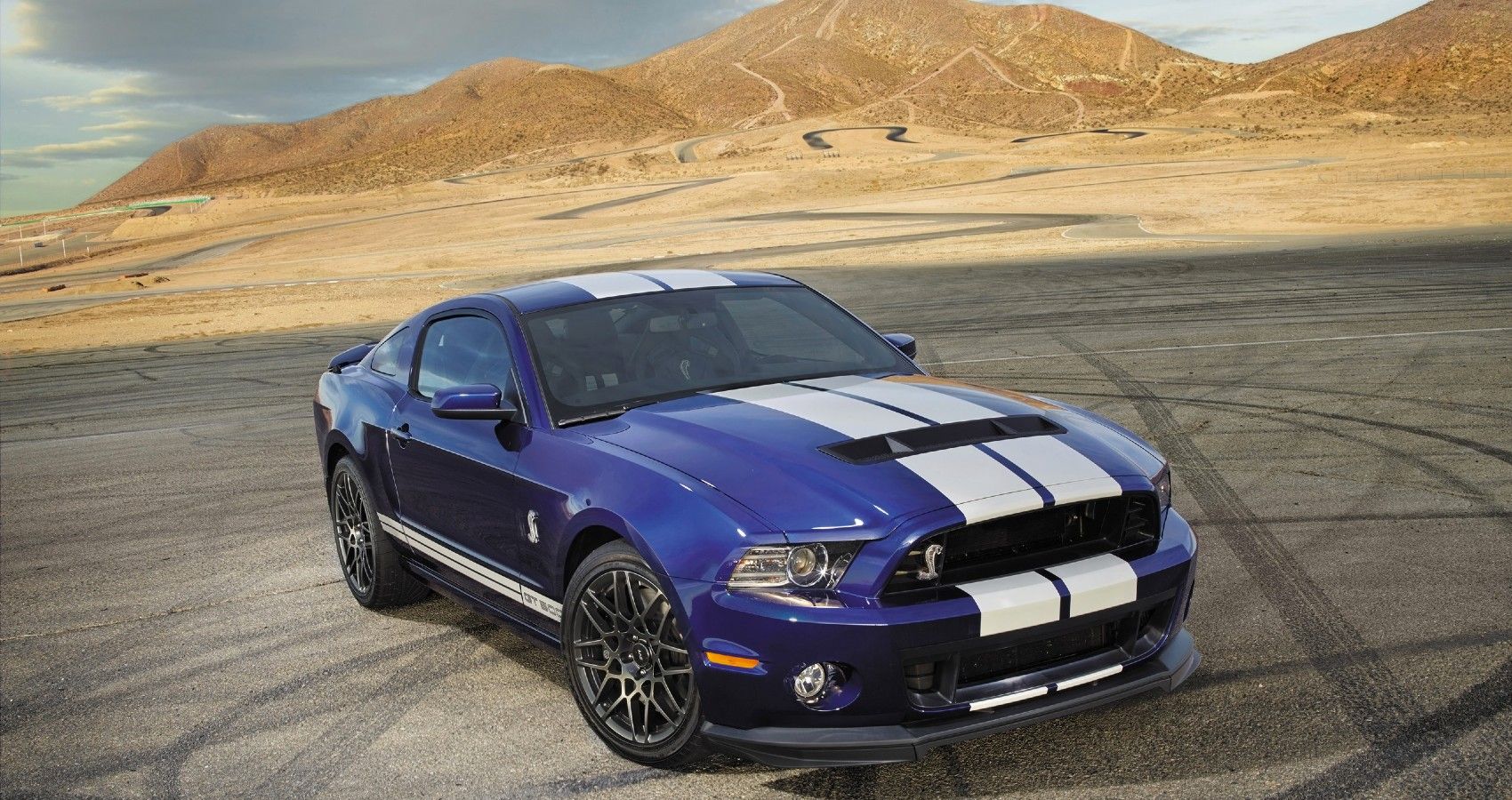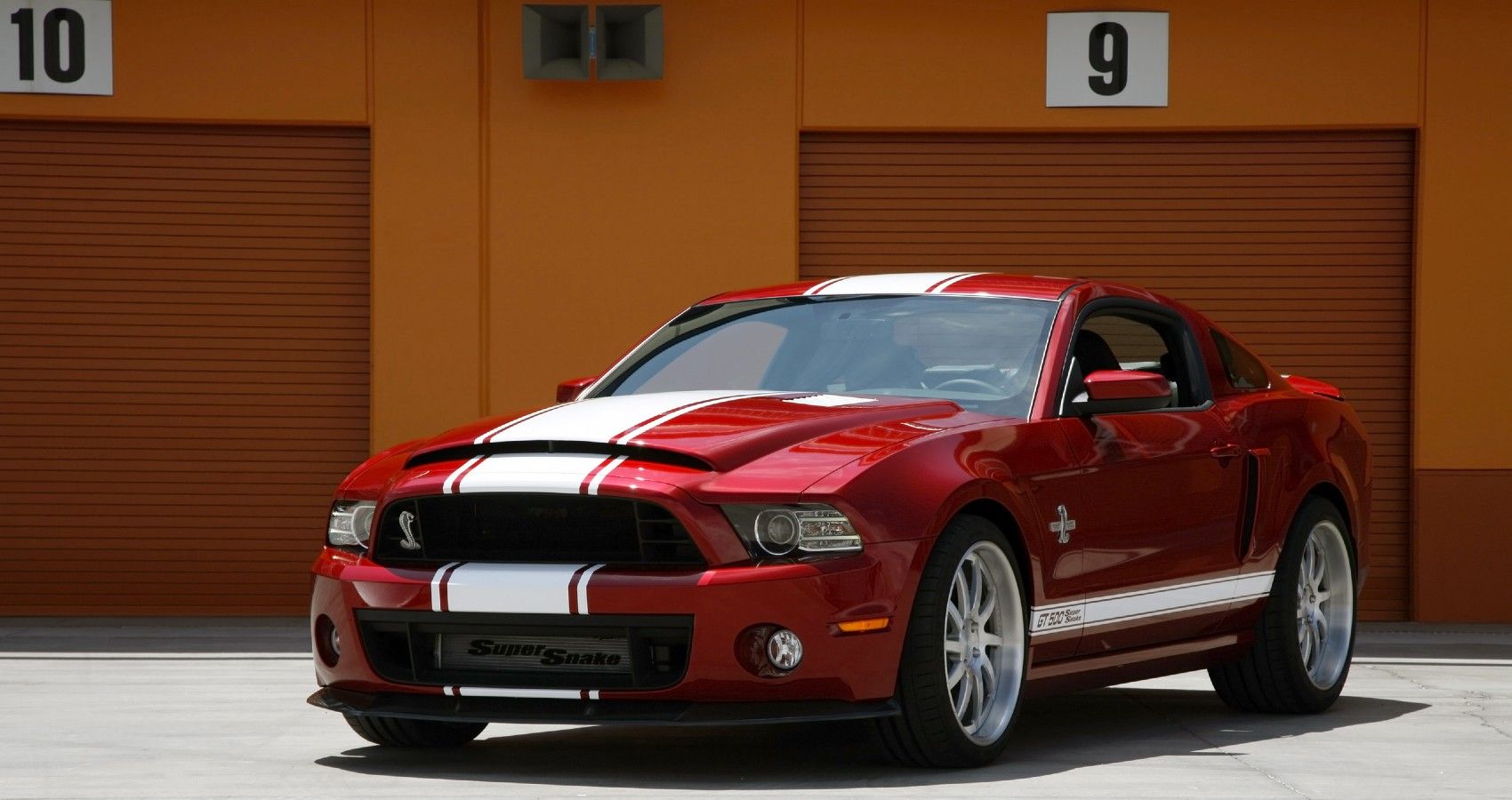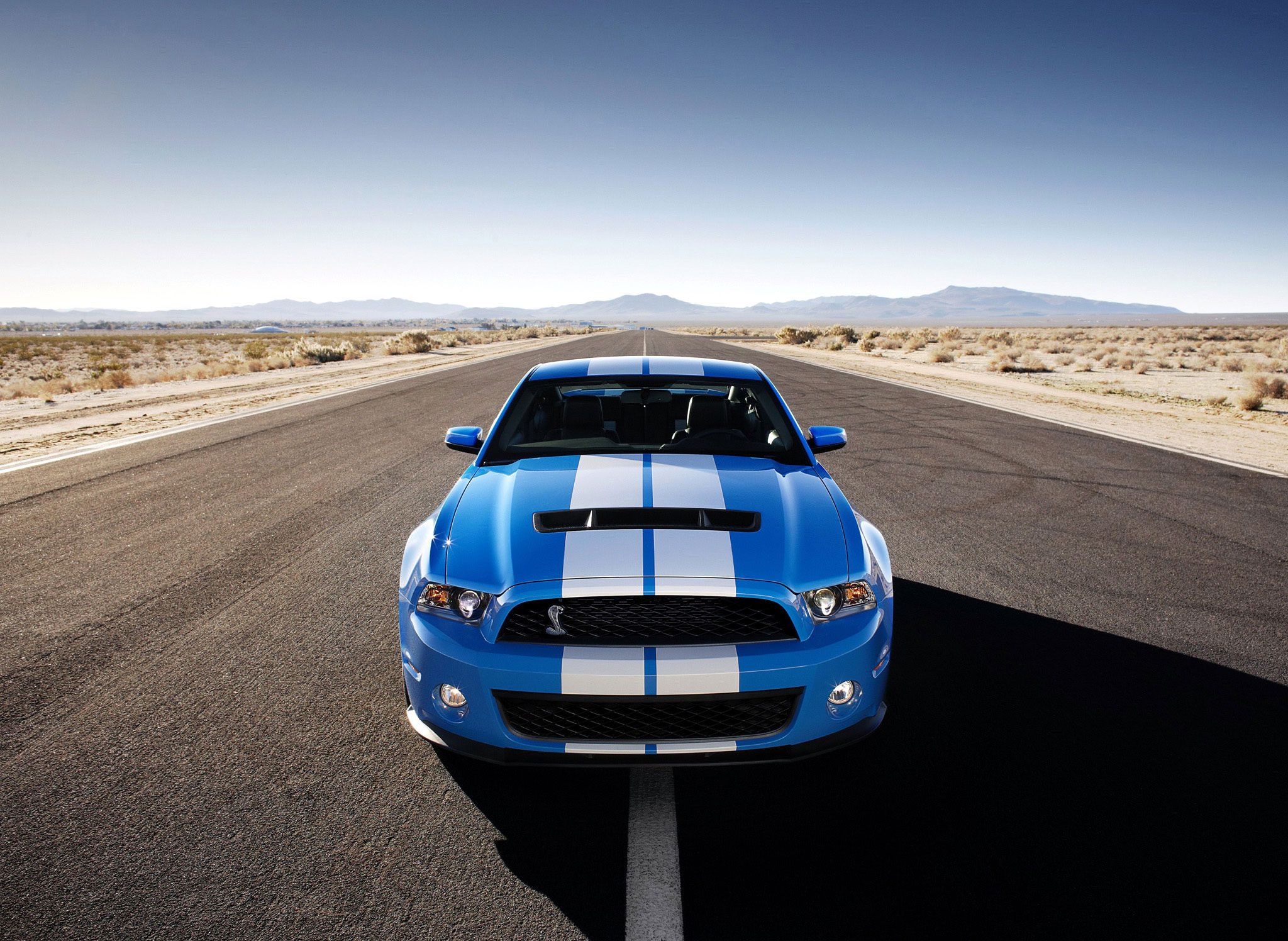Not many names hold the valor and prestige of American ideals like Shelby. Carroll Shelby was one of the pioneers of the automotive industry stateside and his legacy has been anything but forgotten. Ford has made great use of his name, image, and likeness by creating Shelby Mustangs since 1965, let's not forget Ford V. Ferrari. Implanting his name on the Mustang has allowed the brass at Dearborn to reap the rewards of his craft ever since until a new foe came along.
One of the "Big Three" during the peak American Muscle era in the 60s and '70s, Dodge has used the Challenger nameplate nearly as long as Ford has used the Mustang. For eons, the two have been matched up and put up against each other with not much separation between the dueling forces.
That is, until 2015 when Dodge shocked the automotive world with the introduction of the Hellcat, a variant of the Challenger that harnessed 707 horsepower and 656 ft-lb of torque. Since then, the Shelby GT500 has been an afterthought, lagging behind the Hellcat with only 662 horses. But don't let numbers speak the story, instead, let's look further, and why we think the GT500 is faster than the Challenger beyond the horsepower stat line.
The Challenger Hellcat Is Simply Too Heavy
Tipping the scales at a whopping 5,549 lbs in 2015, the Hellcat sticks true to the muscle car mantra of pure power and nothing else. The GT500 in our opinion is more sophisticated, utilizing a combination of adequate power and a much more acceptable 3,845 pounds to achieve max performance. Something that the Hellcat fails to do. With all that extra weight, outside of a drag strip, there's not much the Hellcat can do other than fail to take corners in a way that won't scare you to death.
The GT500 also has taken initiative to drop its weight, slimming itself down with the absence of a grille, enhanced dampers, and the reduction of sound-deadening material. The Hellcat lacks in that department severely, and while the influx of power helps the Hellcat, it doesn't make it faster than the GT500, notching its 0-60 time in 3.7 seconds compared to the Shelby's 0-60 in 3.3 seconds. Its obese nature gives it too much extra weight to carry, something that even the massive engine couldn't compensate for.
The Mustang GT500 Is Meant For More Than A Drag Strip
By now, it's no secret the Hellcat is meant for one thing and one thing only-- the drag strip. Take it to the Christmas tree on the tarmac, and you see why Dodge didn't feel the need to shed too much weight. The Hellcat runs the quarter-mile in 10.8 seconds, an impressive feat for a car that weighs more than most mid-size pickups. The GT500 isn't afraid to go up against the Hellcat's throne either but lags severely behind with a time of 12.2 seconds.
But fear not, that's not what the GT500 is truly meant for. Despite an impressive time on the strip, the GT500 is more suited for track time, a place where the Hellcat feels far from home. Put both on a neutral ground such as the Nurburgring and compare lap times, and you'll quickly see who comes out on top: the GT500 with 7:39.28 while the Hellcat drudges on with a time of 7:51 under very controlled circumstances.
The difference lies in Shelby's various upgrades developed specifically for the track. The GT500 has a pumped-up engine with larger fuel injectors, a grippier and larger-diameter clutch, a larger fan, and a three-row intercooler. It also gets larger Brembo brakes and two-mode adjustable dampers. All things which the original Hellcat lacks, suffering severely on the racetrack.
Dodge Challenger Hellcat's Engine Isn't As Advanced As Ford
Yes, there's a lot of power to be had with the Hellcat's supercharged V8, but it's old. Dodge has used age-old Mercedes-Benz platforms and parts for years now, and the Hellcat is no different. While Hellcats have gotten more advanced over the years, pit a 2014 Shelby against the original 2015 Hellcat and the differences in technology quickly become apparent.
The GT500 has upgraded everything, twin fuel pumps, a beefed-up transmission to pair up to the engine, so the power could easily be applied to the ground, and better oil pumps to efficiently disperse oil across an ever-so-hot powerplant.
In the world of cars, it's adapt or get left behind. While the Hellcat stays true to the old muscle car philosophy, drivers want more than just a drag-strip monster, they want a car that can do it all. Try taking the Hellcat to your local racetrack and witness the scariest sight you'll ever be a part of. The Hellcat simply cannot take corners like the GT500 can, making it slower in every aspect.




